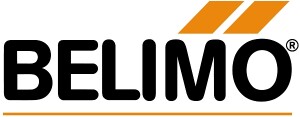Seamless integration across building automation domains will not only unlock new potential in more efficient energy management and further cost reduction but also introduce new use cases, providing a step change in user experience. For instance, HVAC systems can dynamically adjust temperatures and ventilation in offices and conference rooms based on expected occupancy, forecasted weather, and individual preferences. Smart lighting systems can adapt brightness to sunlight levels, mimicking natural daylight changes to support circadian rhythms. Additionally, intelligent infrastructure can enable location-aware interactions, personalized signage for events and visitors, real-time workspace and meeting room availability, and automatic release of unoccupied reserved spaces (70). To enable these advancements, the current barriers of interoperability, scalability, upgradability, and data overload must be overcome.
Interoperability challenges can be addressed by adopting IP-based communication protocols, enabling seamless interaction between IoT devices from various manufacturers. A unified IPbased infrastructure simplifies network management, reduces costs associated with proprietary solutions, and allows diverse building systems to share data over a single IP backbone (71). However, this shift will require greater involvement from IT management teams in the design, commissioning, and decision-making processes of building automation systems.
Overcoming scalability challenges will necessitate the adoption of semantic domain models, which define relationships between components, systems, and data flows in the building automation domain. These models provide data context, enabling complex systems to self-configure.
Lastly, automated upgradability of IoT devices will also be essential to address security concerns, as manually patching thousands of devices in a building is impractical. Secure, over-the-network updates will depend on resolving interoperability challenges as a prerequisite.







